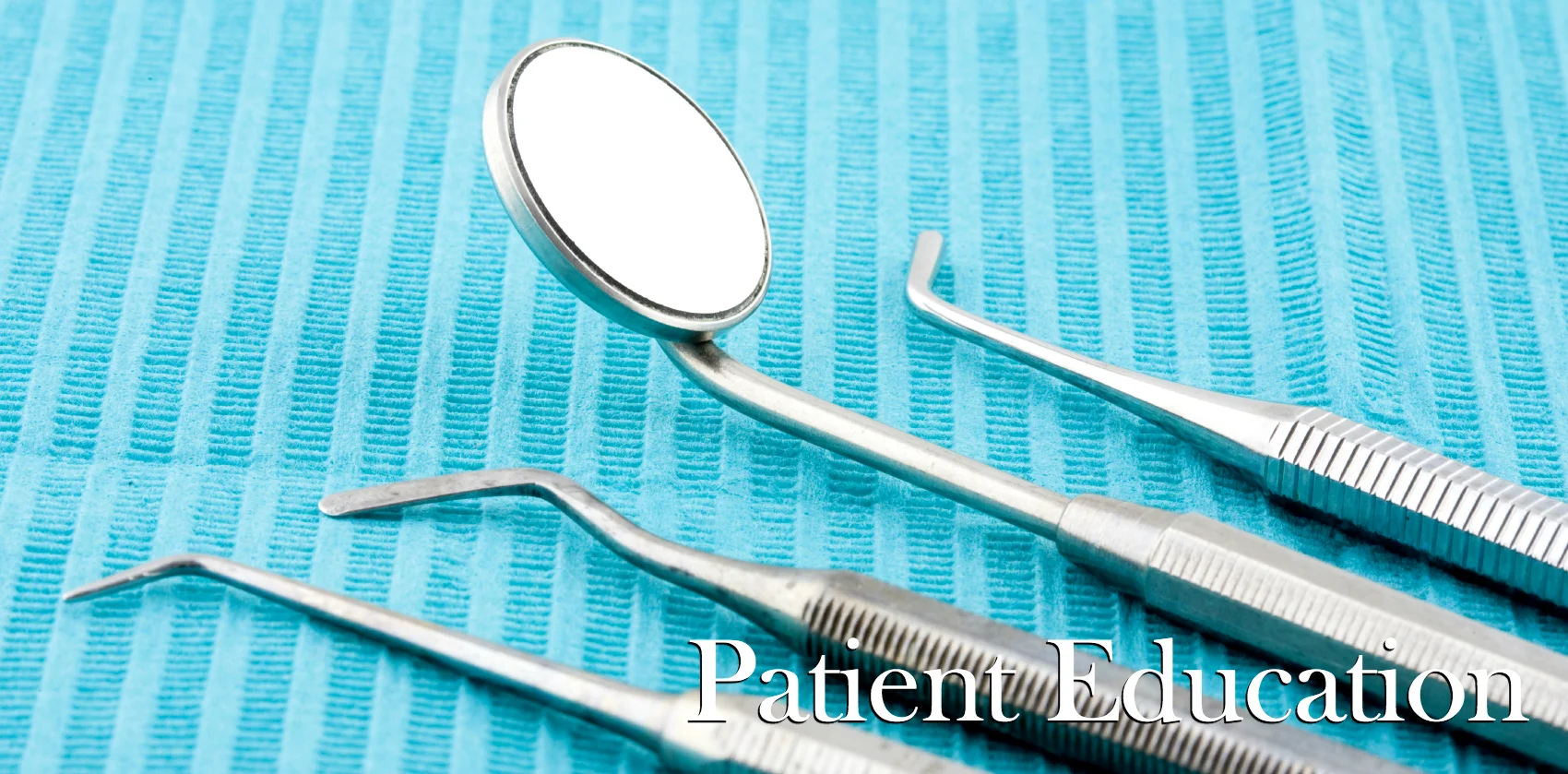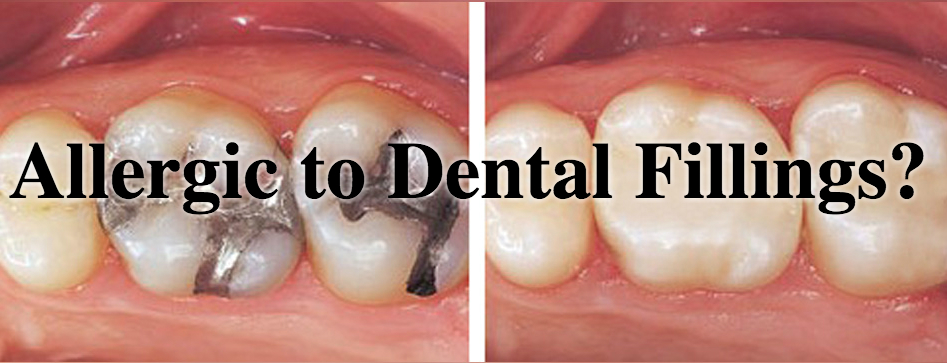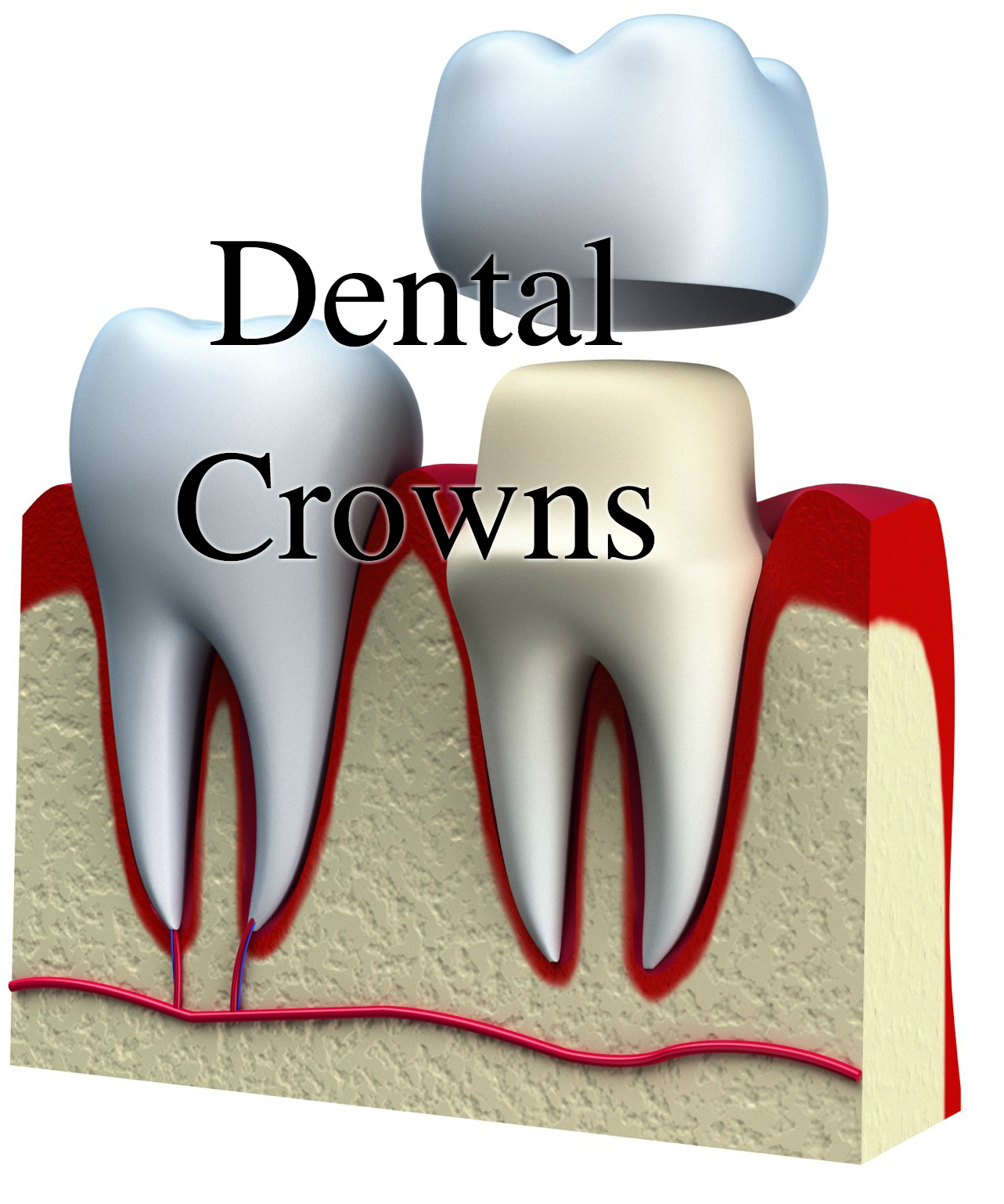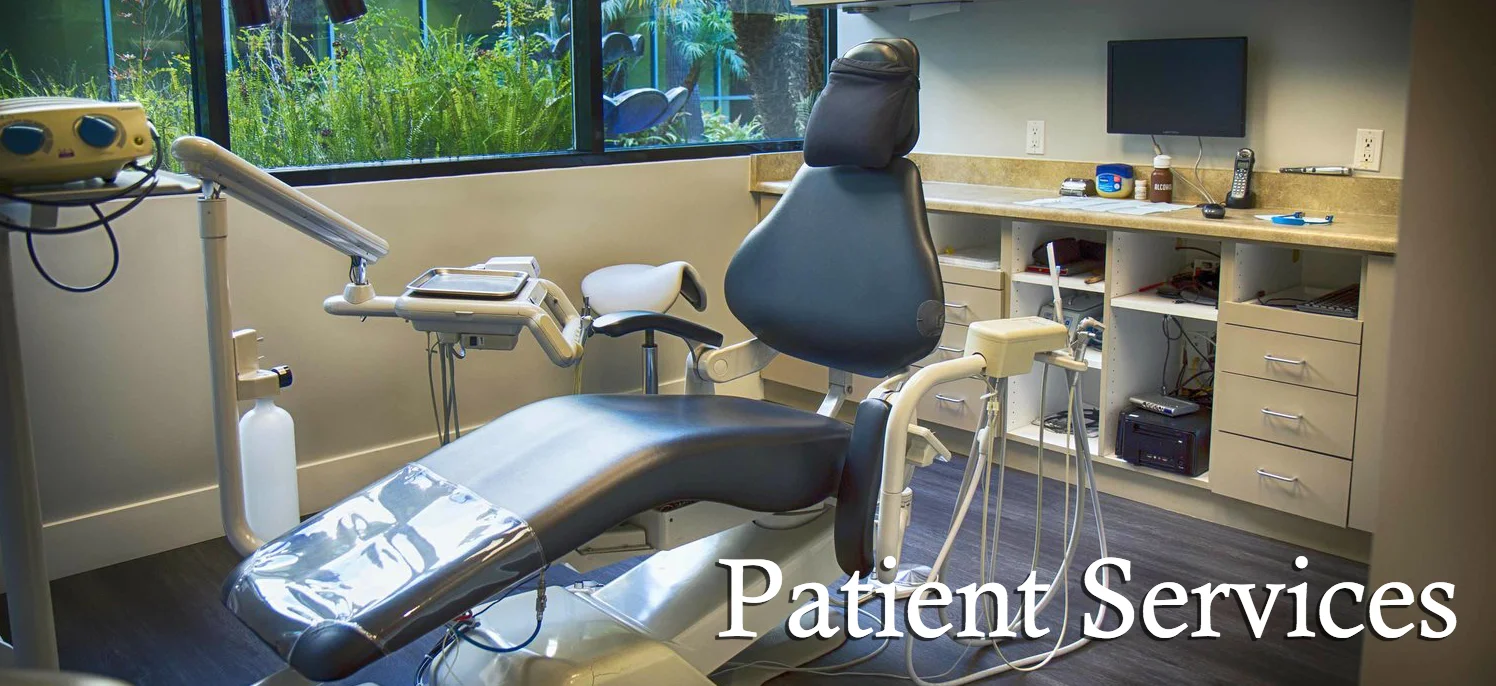If you've ever looked at an invoice after dental treatment, you may have noticed that the cost of dental fillings varies from tooth to tooth. In general, the billing prices of fillings are affected by three factors: the material, the location of the tooth in the mouth and the number of surfaces to be filled. Read on to learn how and why the different rates are calculated!
All dental procedures are categorized using the Current Dental Terminology codes, which are maintained by the American Dental Association. These codes allow standardization of information between dental offices, patients and insurance agencies. In regards to dental fillings, these codes can specify the location, surfaces and material used for the restoration. Generally, the number of surfaces to be filled has the biggest impact on final cost. A filling that requires three surfaces is typically more challenging and time consuming than a single surface restoration. This does not account for the size or depth of the cavity to be filled, but merely the number of tooth walls that are to be repaired. The type of dental fillings also affects the price. Materials that are more difficult to place (such as tooth colored "composite" fillings) are typically charged at a somewhat higher rate than others. Finally, the location in the mouth has some affect on filling prices. Fillings towards the back of the mouth tend to be larger and more difficult to place, and thus are coded at a higher rate.
At Thousand Oaks Family Dentistry, we maintain treatment rates that are on-average with the Thousand Oaks area. However, we must urge against the pitfalls of choosing a dentist based on prices alone. You should choose an office that fits best with you and your family's specific needs. If you would like to know more about dental fillings, crowns or other dental procedures, please give our office a call!





















